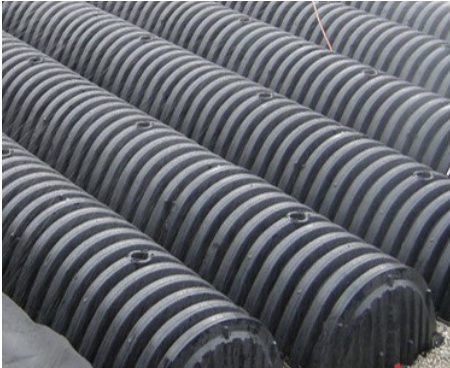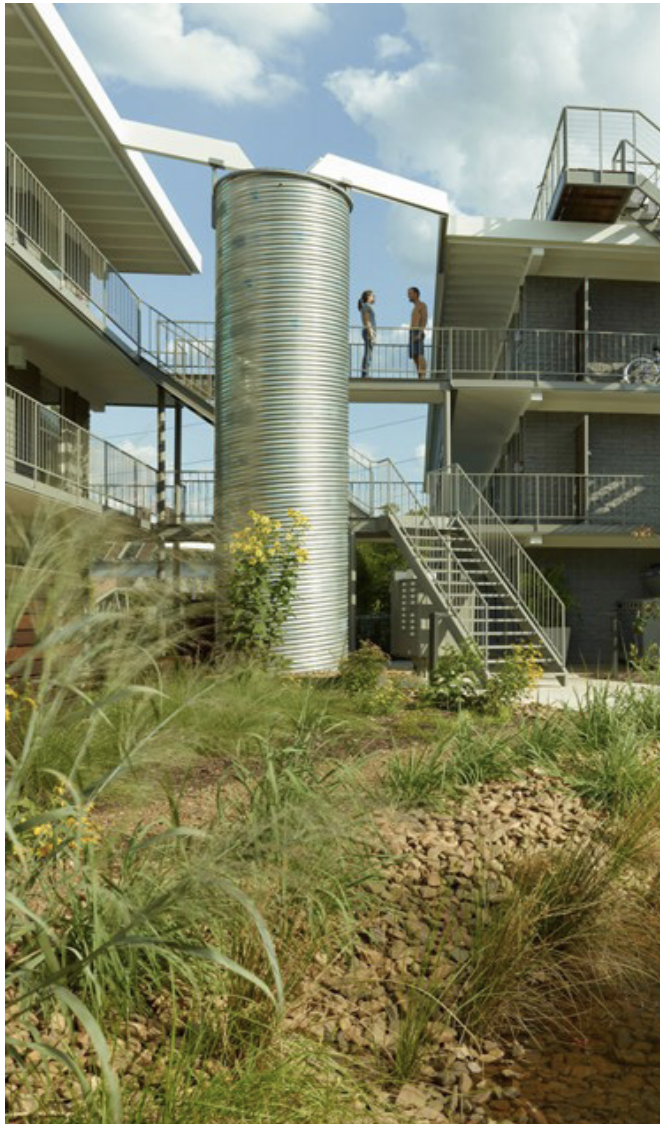The South Downtown (SoDo) Area is a vibrant neighborhood with enormous development potential given its proximity to Downtown Orlando. SoDo has a unique industrial character and is home to Orlando Health’s main campus. The vision for the district is to promote quality mixed-use, transit oriented and multi-modal development and to incorporate principals of low impact development throughout the district. Sustainable development is a key principal for the area in terms of environmental, economic and social impacts.
In working toward these three key pillars of sustainability, the district can provide improved quality of life for residents and businesses alike. The term low impact development (LID) refers to systems and practices that use or mimic natural processes that result in the infiltration, evapotranspiration, or use of stormwater in order to protect water quality and associated aquatic habitat.
Bioretention systems manage and treat stormwater runoff by using a conditioned planting soil bed and vegetation to filter runoff and control stormwater at the source, through the use of an integrated system across a site. The systems are used in:
- Rain gardens
- Bioswales
- Green streets
Stormwater Ponds
Bodies of water in commercial and mixed use developments that collects and store stormwater runoff.

Infiltration/Detention Systems
Slows and temporarily holds stormwater runoff before percolating into the ground. These systems can be installed underneath parking lots and buildings.
Vegetated Roofs
Green roofs are vegetated roof systems consisting of multi-layered constructed materials. Green roofs help to reduce the amount of impervious surfaces in an urban landscape, and can replace conventional rooftop gutters and drains that feed into sewers.
Permeable Paving
Permeable pavements allow water to infiltrate into underlying soils, therefore reducing storm runoff and promoting pollutant treatment and groundwater recharge (EPA 2000).
- Porous paving
- Permeable paver systems

Rainwater
Rainwater harvesting is collecting the run-off from a structure or other impervious surface in order to store it for later use such as irrigation, industrial processes and non-potable indoor uses.
Tree Canopy Addition
A single tree, and associated soil, with a 25-foot diameter canopy can manage 1-inch of rainfall from a 2,400 square feet of impervious area.
- Stormwater tree pits
- Bio-retention areas
Properties that have existing stormwater management facilities in accordance with the Orlando Urban Stormwater Management Manual (OUSWMM), or those planning such facilities, may have their fee reduced or pro-rated as determined by the Streets & Stormwater Division Manager. Developed properties, which meet the OUSWMM criteria, will have their annual utility fee discounted.
Those properties with on-site mitigation, which do not fully meet OUSWMM criteria, may receive a partial discount as determined by the division manager. Other opportunities are available for the use of low impact development features that can count toward the City of Orlando development requirements. One example is incorporating green roof areas into a project that count toward the city’s open space requirements.